
Temecula
Valley
Valley
Historical Society

The Temecula Valley Historical Society's Recommended Reading List offers a curated selection of books and resources designed to bring the region's rich history to life. Whether you're a local resident, a history enthusiast, or a curious visitor, these works provide engaging insights into the people, events, and landscapes that have shaped the Temecula Valley over the centuries. From early Native American heritage to the ranching and winemaking traditions that define the area today, this collection serves as both a learning tool and an invitation to explore the stories that make our community unique.
| Category: General Interest | ||||
| 1 | Along the Old Roads | Lech, Steve |
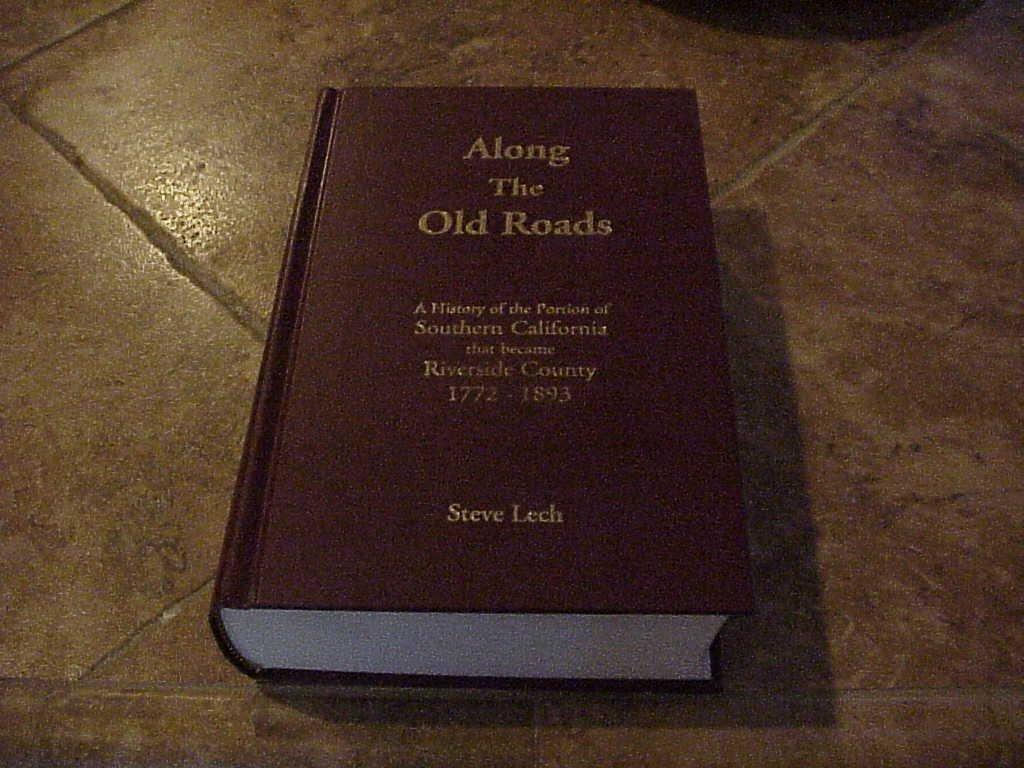
|
|
| 2 | Annotated Ramona, The | May, Antoinette and Jackson, Helen Hunt |
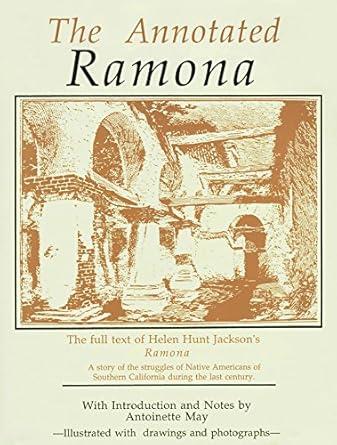
The full text of Helen Hunt Jackson's Ramona; a story of the struggles of Native Americans of Southern California during the 19th century, with introduction and notes, illustrated with drawings and photographs.
|
|
| 3 | Badge of Honor | Preimsberger, Duane |
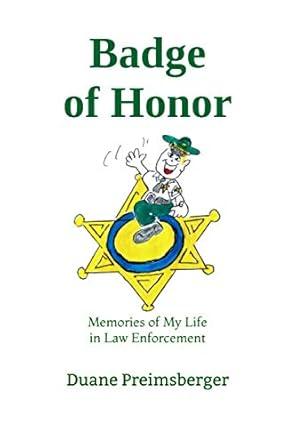
Badge of Honor: Memories of My Life in Law Enforcement looks back at the very human and often lighthearted adventures of an eager, smart, and playful young man who joins the Los Angeles County Sheriff’s Department in 1961 as a deputy and works his way up the ranks over the next thirty-four years, retiring as Assistant Sheriff in 1995. The stories of the early years, in particular, bring to life offbeat characters of a quieter era. Though he rises in rank over three decades, the author never loses his sense of humor or his connection to officers on the beat—for it was street cops who sparked his childhood dream of becoming one himself. Buckle up for an enjoyable ride-along through the streets of Los Angeles County with Duane Preimsberger and his fellow sheriffs through stories of courage, compassion, commitment, and comedy.
|
|
| 4 | Brush Country Journals | Parker, Horace |
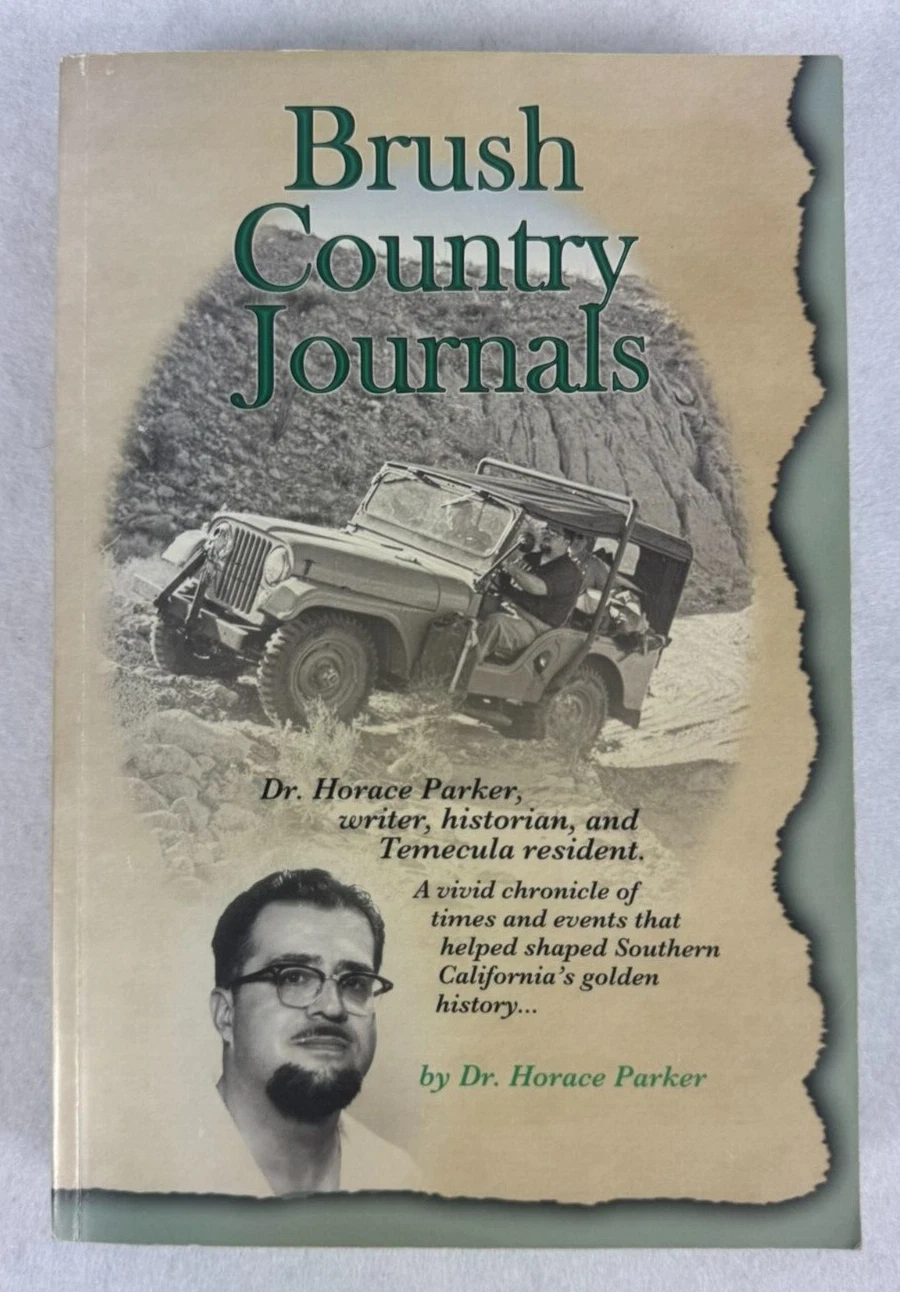
"Brush Country Journals" by Dr. Horace Parker, published in 2011 by the Temecula Valley Museum, is a fascinating chronicle of Southern California's history. Written by a respected historian and resident of Temecula, this book provides a vivid look at the people, places, and events that shaped the region during California's golden history.
Featuring rich narratives and illustrations, including watercolor depictions of historic landmarks such as Temecula Chapel (1950s) and Smoke Fish Stand in Newport Beach, this book is a rare and valuable resource for history enthusiasts, especially those interested in Southern California's cultural and historical development.
|
|
| 5 | Butterfield Overland Mail, The | Ormsby, Waterman L. |
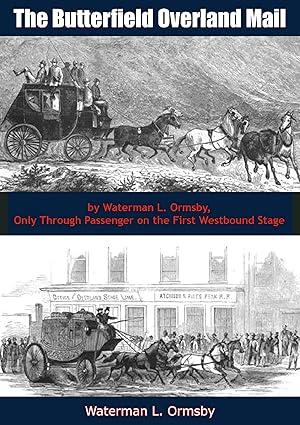
This is the classic firsthand account by Waterman L. Ormsby, a reporter who in 1858 crossed the western states as the sole through passenger of the Butterfield Overland Mail stage on its first trip from St. Louis to San Francisco. Ormsby's reports, which soon appeared in the New York Herald, are lively and exciting. He describes the journey in close detail, giving full accounts of the accommodations, the other passengers, the country through which they passed, the dangers to which they were exposed, and the constant necessity for speed.
|
|
| 6 | Dancing With Prayers in My Feet | Farnbach, Rebecca |
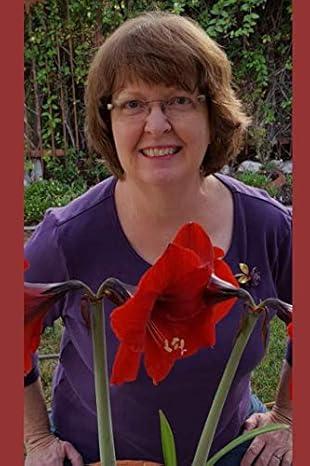
This is a collection of Rebecca's best poetry, fiction and nonfiction short pieces, including thought-provoking inspirational fiction and nonfiction featuring the history of Temecula and Southern California.
|
|
| 7 | Delfina Cuero: Her Autobiography | Cuero, Delfina |
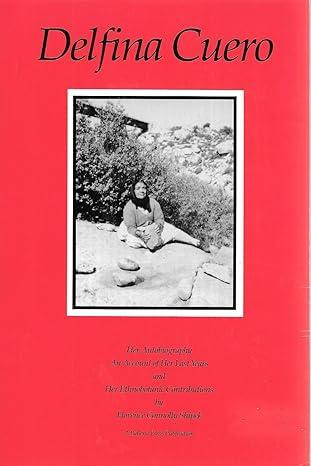
In this powerful and moving book, Florence Shipek makes available the memories and thoughts of a woman who remembered old ways and described the changing scene in terms which speak volumes in simple sentences. Though the autobiography is short, the information contained within can literally change one s entire perspective as to who belongs on which side of which border. How so much could have gone on with so few Americans being interested or aware becomes an ever-growing question as the narrative comes to a close.
|
|
| 8 | Early Indians of Temecula, The | Parker, Horace |
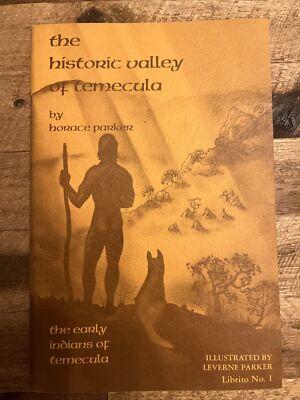
Nahachish was a great man and migratory leader of the Temecula Indians. For a long time he led the people until he viewed Palomar Mountain and the fertile valleys at its base. There the Indians set up camp. The first morning Nahachish stepped out of his Kish and found the hills covered with a white mist. As he watched, the sun suddenly broke through the white mist and was reflected from the mist-shrouded hillside. Nahachish said, "This place shall be called Temeku," translated into English as "the place where the sun breaks through and shines on the white mist." With the coming of the Spanish the word changed to Temecula. Through the years Temeku became one of the famous place names of the Indian Southwest.
|
|
| 9 | History of Warner's Ranch and Its Environs, The | Hill, Joseph J. |
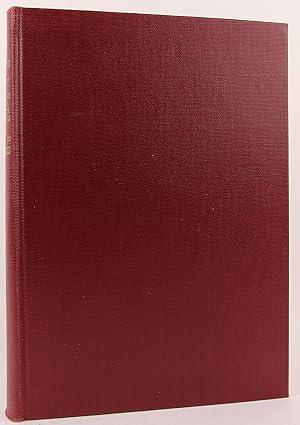
A near fine copy with faint darkening of spine, owner's bookplate on front pastedown, offsetting from same on free front end-paper, in a very good+ slipcase with tape repair. First edition. Three quarter cloth over paper covered boards. 4to. x, 221 pp. Illus. with 9 b/w plates. Presentation edition. No. 95 of 300. Also printed as a trade edition of 1000. Provenance: From the library of Kenneth E. Hill, with his bookplate.
|
|
| 10 | Keeping Secrets | Davis, Olive McFate |
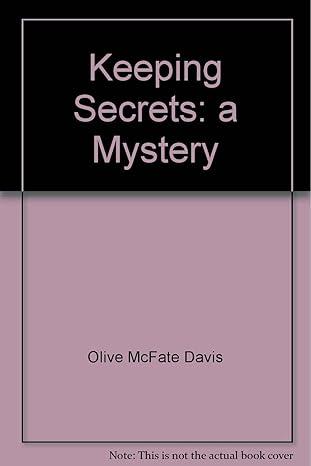
|
|
| 11 | Old-Time Cattlemen and Other Pioneers of the Anza-Borrego Area | Reed, Lester |
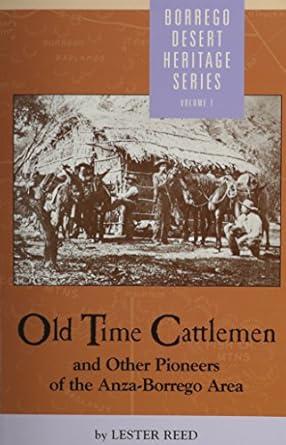
Through his grandparents, parents, and other kinsmen, Lester Reed had a closer acquaintanceship with the history of the Anza-Borrego area. His early years were spent in the region he wrote about: Borrego, Coyote Canyon, Anza, Cahuilla, Aguanga, Oak Grove, Warner's Ranch, Mesa Grande, Temecula, Sage, and Hemet. He worked with the cattlemen, the prospectors, the Indians and others who called these places home - even if "home" was only a one-night chuck wagon stand. The author knew first most of the people he wrote about, though most of the old-timers he recalled in these pages are now gone. They included members of the Reed family, the Clark brothers, the Tripp brothers, John McCain, Paul Sentenac, Howard Bailey, Sal Biles"Doc Beatty, Pat Cassero, Calistro, Torte, Carlos Moreno. Charles Ticknor, and Frank Hamilton. One of the chapters of the book is devoted to the Indians of the area and their homesites and crafts. The book is illustrated with dozens of historic photographs.
|
|
| 12 | Old-Timers of Southeastern California | Reed, Lester |
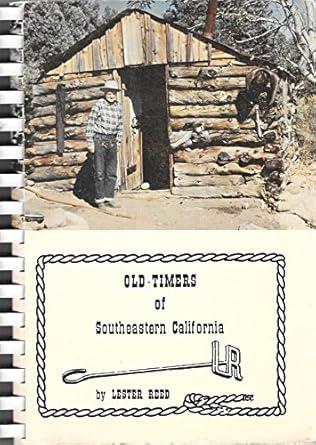
Great insights and stories from these many expert witnesses to History!
|
|
| 13 | Overcoming Obstacles that Interfere with Finding Your Ancestors | Miller, Anne J. |
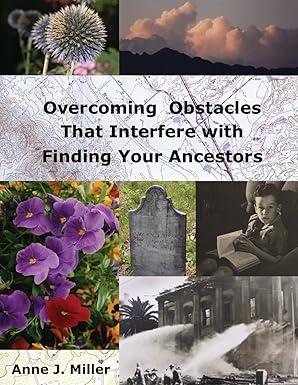
This unique genealogy book about how to find those elusive ancestors focuses on some of the obstacles that we unknowingly have or create for ourselves that interfere with finding our
ancestors. Knowledge of what to do to help overcome those obstacles will result in our finding more about our family history. The second section of this book has detailed information about numerous genealogical resources, including some of them that may be overlooked, as well as suggestions about how to find and use them. Many illustrations, examples, and photographs add to the appeal of this boo, making it enjoyable to read.
|
|
| 14 | Rancho Santa Margarita Remembered | Baumgartner, Jerome W. |
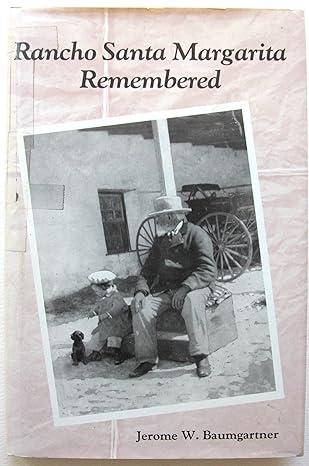
A quarter-million acre ranch with teens of thousands of cattle and hundreds of horses, not to mention vaqueros, Chinese cooks, and a vast extended family of remarkable people. It is the recorded memory of a child's view of a unique period in the history of rural America. It includes portions of San Diego, Orange and Riverside counties. From Oceanside, behind San Clemente and portions of Mission Viejo. Appears to be where Camp Pendleton is today.
|
|
| 15 | Southern Emigrant Trail through Riverside County, The | Miller, Anne J. |
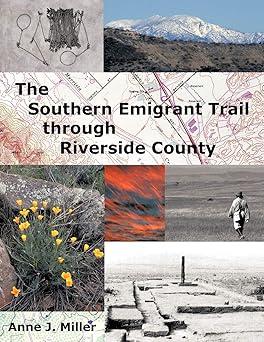
This unique story of the Southern Emigrant Trail through Riverside County, based almost entirely on historic records, identifies the location of the trail and tells the stories of those who traveled along the route or lived in the area during the mid-1800s. Surveyors' field notes, newspaper articles, diaries and journals, military records, censuses, and many other records provide the reader the opportunity to "experience" this exciting era in Southern California history. Detailed maps with the route and other information are included along with many historic and current photographs.
|
|
| 16 | Temecula at the Crossroads of History | Brigandi, Phil |
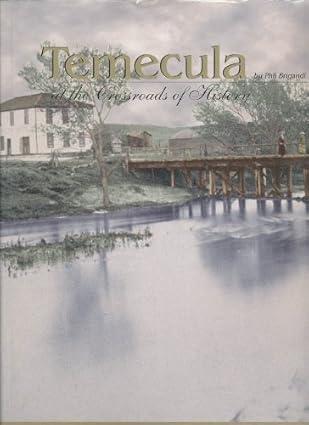
Temecula has always been at the crossroads of history. Its story is a mirror of the history of Southern California. Every important aspect of the Southland's past is part of the history of Temecula - Indian village, Spanish outpost, Mexican rancho, crossroads settlement, railroad boontown, agricultural empire and finally modern planned community. There is a sense of the past in Temecula that is lacking in many other modern master-planned communities in Southern California. It reminds us that people lived their lives here long before us...and others will follow.
|
|
| 17 | Temecula Massacre, The | DuBois, Gary and Woodward, Lisa |
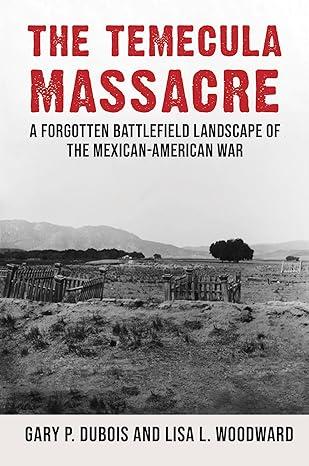
The 1846 Temecula Massacre is among the deadliest conflicts tied to the Mexican-American War. In The Temecula Massacre: A Forgotten Battlefield Landscape of the Mexican-American War, authors Gary DuBois and Lisa Woodward unearth Temecula’s past to reveal a history that has been buried in time until now.
|
|
| 18 | Thousand Years in Temecula Valley, A | Hudson, Tom |
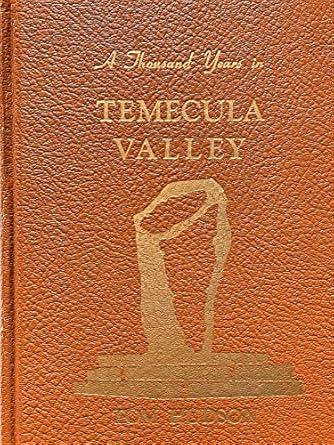
|
|
| 19 | Thriving, Tempting, Temecula of 1909 | Parker, Horace |
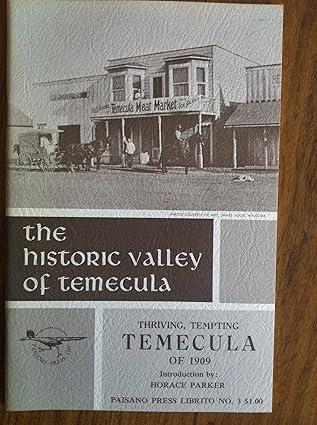
|
|
| 20 | Treaty of Temecula, The | Parker, Horace |
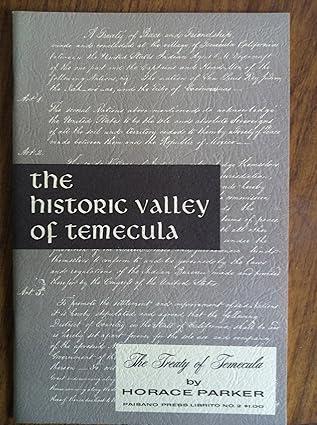
Horace Parker's book, The Treaty of Temecula, is a brief history of the treaty and its aftermath. Parker describes the negotiations that led to the treaty, the reasons why it was never ratified, and the impact that the treaty had on the Native people of Temecula.
|
|
| 21 | Warner, The Man and the Ranch | Morrison, Lorrin L. |
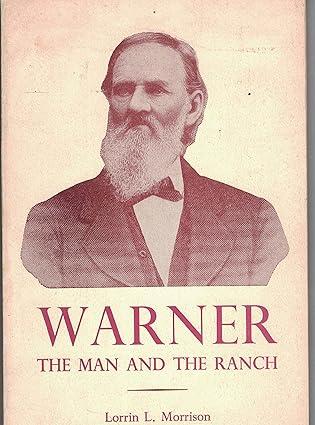
|
|
| 22 | We are Not Savages | Hyer, Joel |
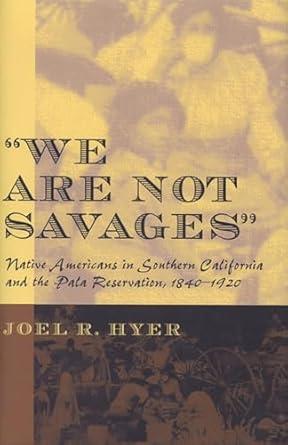
On a cool, autumn day in October 1902, a group of Indians, known as Cupeños, noticed a white man approaching their village of Agua Caliente, located in a beautiful mountain valley in southern California. The unexpected guest was a farmer, a federal employee assigned to teach Native Americans how to raise crops. The stranger apparently came to assist the Cupeños and other local Indians in preparing to leave their homelands and remove to the Pala Reservation, over fifty miles away. On the following day, Cupeños, along with their Luiseño and Kumeyaay neighbors, gathered together to discuss the stranger's demands. One person stood up and declared with firm resolve, "We do not need a farmer to help us, we are not savages." Others agreed. The assembly of Indians then invited the white man to depart.
|
|
| Category: Images of America Series | ||||
| 23 | Around Anza Valley | Jaenke, Margaret Wellman; Mauriccio, Tony; and the Hamilton Museum |
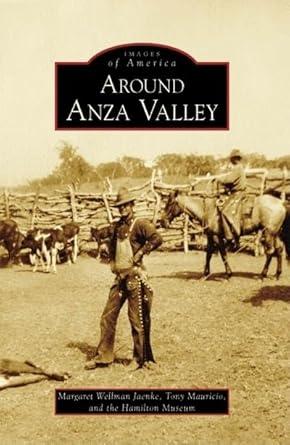
The area around Anza Valley, located in the south-central part of Riverside County, California, includes Terwilliger Valley, Garner Valley, Pinyon Flats, and parts of Aguanga, a former Butterfield Overland Stage stop. It is a rugged, high-altitude area formed on the western side of the Santa Rosa and San Jacinto Mountains. Access into this enclave was always difficult, which subsequently protected the native Cahuilla people from the European influence of early pioneers and explorers until the coming of Spanish explorer Juan Bautista de Anza in 1774. Once settler families were established in the surrounding valleys, close friendships and marriage soon linked them together through their shared economic livelihood of cattle ranching. Until the early 1950s, ranching, dry farming, some mining, hunting, and trapping were the main occupations. Today the area is one of the last undeveloped areas in Southern California and is rich in Native American influence and culture. Around Anza Valley provides an inside view to this rich history and the many changes that have taken place in and around Anza Valley.
|
|
| 24 | Canyon Lake | Martin, Elinor |
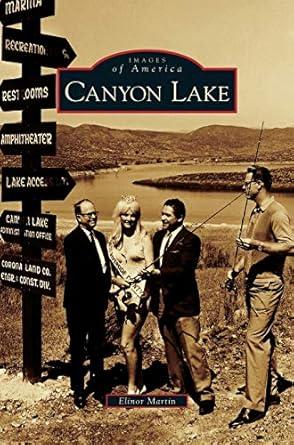
Canyon Lake lies on the western edge of Menifee Valley, between Sun City and Lake Elsinore, and is both a private gated community and an incorporated city with a population approaching 10,000. This is quite a change from 1890 when only one family lived here near Salt Creek and San Jacinto River. In 1882, when the California Southern Railroad began service between Perris and Elsinore, the area was known as Railroad Canyon, but after three washouts, the line was abandoned. The Temescal Water Company later purchased the land and constructed a dam, thus creating Railroad Canyon Lake. The Evans family operated a fishing resort there for 30 years until 1968, when Temescal developed the private community of Canyon Lake. This original weekend retreat is now home to retirees and young families as the area surrounding Canyon Lake is rapidly becoming more urban.
|
|
| 25 | Empire Ranch | Corkhill, Gail Waechter and Hunt, Sharon |
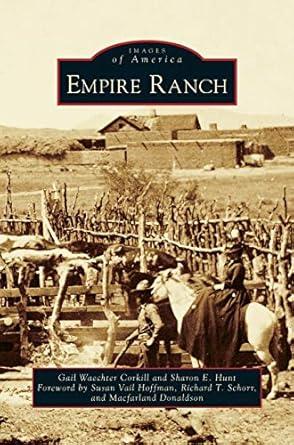
The Empire Ranch sits in the heart of the rolling grasslands and oak-studded foothills of Las Cienegas National Conservation Area in southeastern Arizona. Its remarkable history and the ranching way of life are told through the stories of the men, women, and children of the Empire, most notably the Vail, Boice, and Donaldson families. Walter L. Vail and Herbert R. Hislop purchased the Empire Ranch homestead for $2,000 in 1876. The Vail family operated the ranch until 1928, turning it into a cattle ranching empire. From 1928 to 1975, the well-respected Boice family ran a vibrant Hereford operation on the Empire. The Donaldson family used innovative range management methods to continue the ranching legacy from 1975 to 2009. Today, the ranch, under the management of the Bureau of Land Management, remains one of the oldest continuously working cattle ranches in the region.
|
|